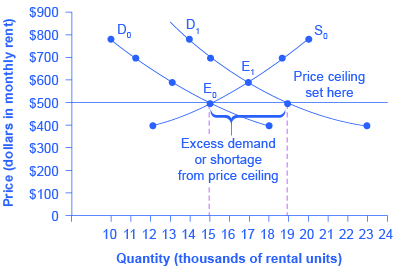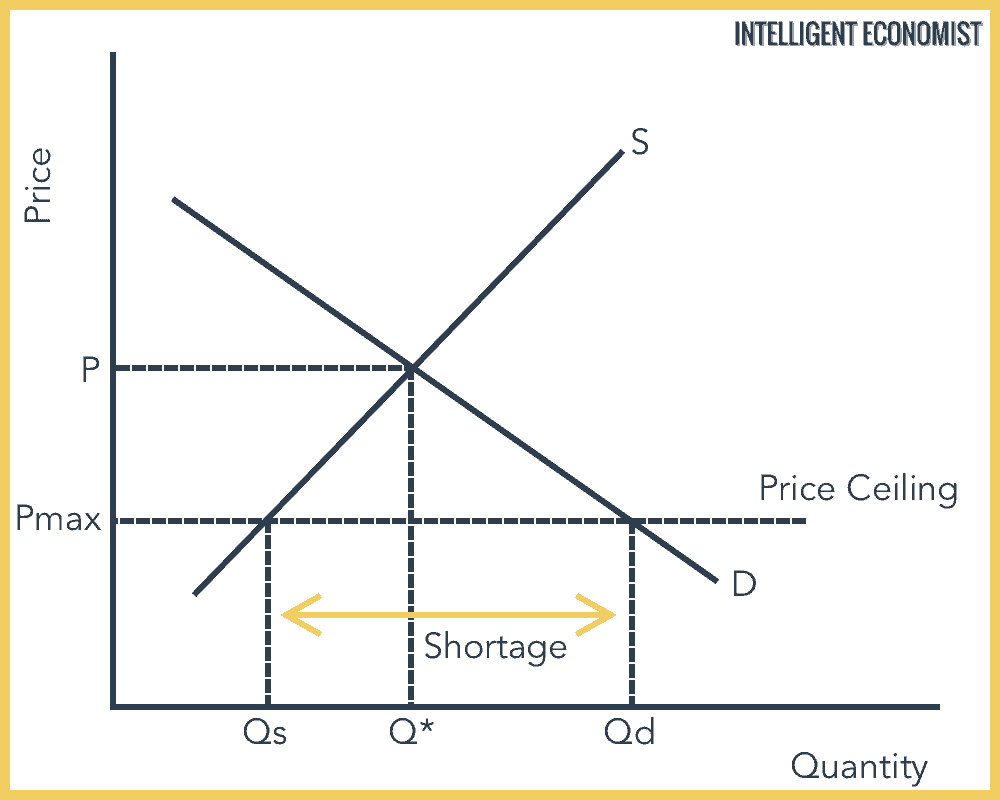Floor And Ceiling Effects Definition

The inadequacy of a test to measure the true ability and intelligence of a child.
Floor and ceiling effects definition. An example of use in the first area a ceiling effect. It essentially describes when the dependent variable has leveled. In other words because the test has a continue reading ceiling effect. A ceiling effect occurs when test items aren t challenging enough for a group of individuals.
The term ceiling effect is a measurement limitation that occurs when the highest possible score or close to the highest score on a test or measurement instrument is reached thereby decreasing the likelihood that the testing instrument has accurately measured the intended domain. The floor effect is a test measure that won t go below a certain point. This is even more of a problem with multiple choice tests. This lower limit is known as the floor.
In statistics a floor effect also known as a basement effect arises when a data gathering instrument has a lower limit to the data values it can reliably specify. Thus the test score will not increase for a subsample of people who may have clinically improved because they have already reached the highest score that can be achieved on that test. A floor effect is when most of your subjects score near the bottom. The other scale attenuation effect is the floor effect the ceiling effect is observed when an independent variable no longer has an effect on a dependent variable or the level above which variance in an independent variable is no longer measurable.
Secondary outcome measures were the ohs fcs and ohs pcs. Let s talk about floor and ceiling effects for a minute. The specific application varies slightly in differentiating between two areas of use for this term. Ceiling effect is used to describe a situation that occurs in both pharmacological and statistical research.
The inability of a test to measure or discriminate below a certain point usually because its items are too difficult. Each intelligence or achievement test usually has an upper limit ceiling designed to be the highest attainable score and yet there are situations when the items are too easy for an exceptional participant. In pharmacology a ceiling effect is the point at which an independent variable which is the variable being manipulated is no longer affecting the dependent variable which is the variable being measured. In research a floor effect aka basement effect is when measurements of the dependent variable the variable exposed to the independent variable and then measured result in very low scores on the measurement scale.
This could be hiding a possible effect of the independent variable the variable being manipulated. The ceiling effect is one type of scale attenuation effect. The other scale attenuation effect is the ceiling effect. There is very little variance because the floor of your test is too high.



















